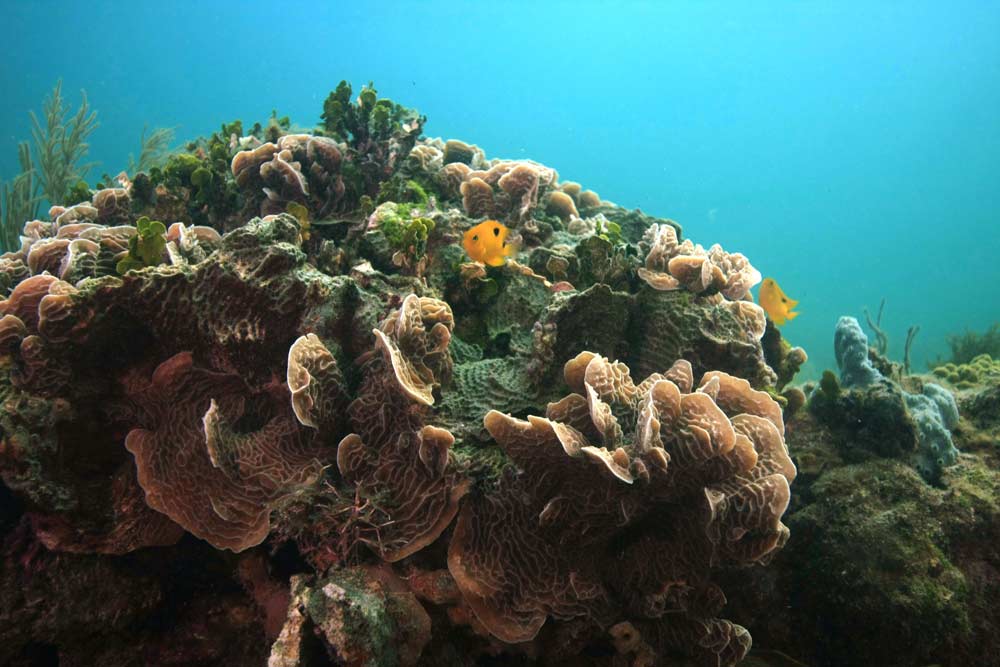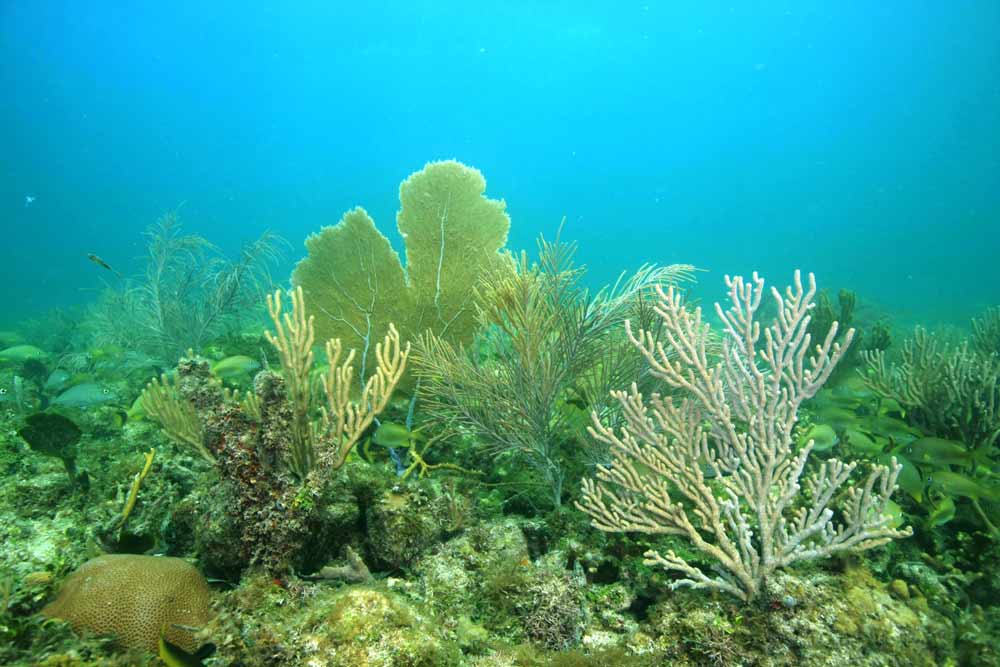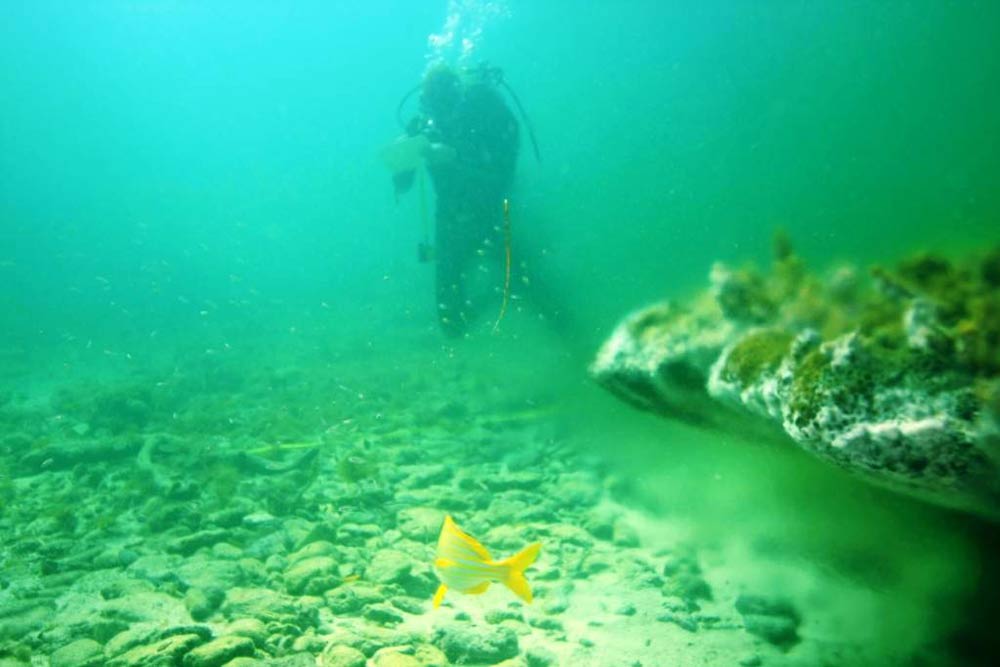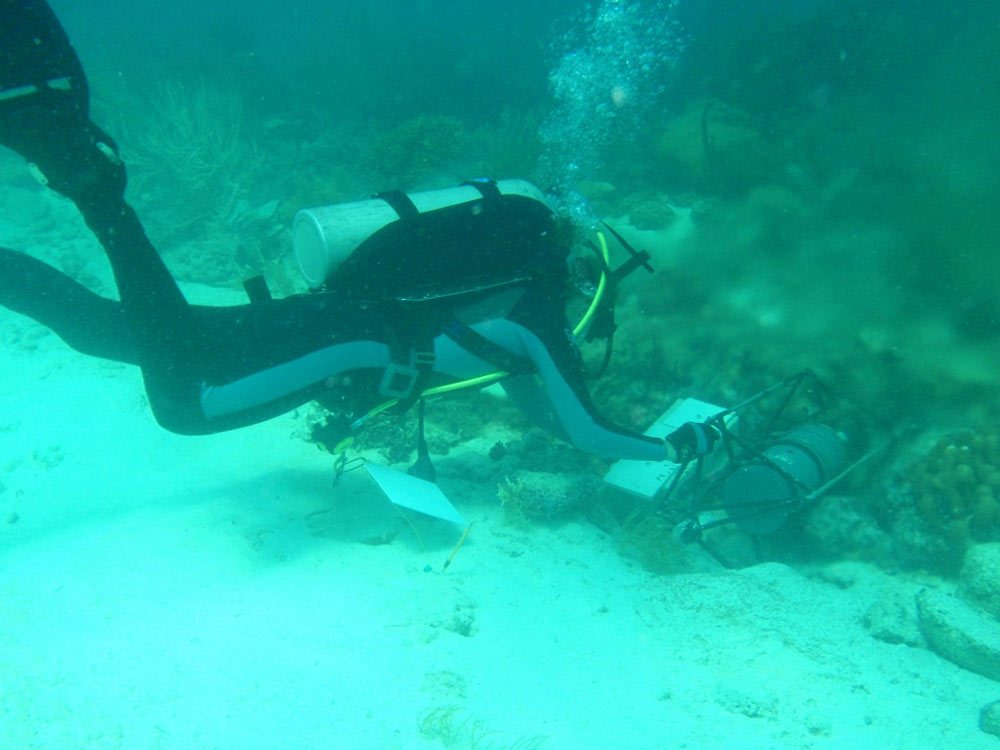
Surprise! Corals Discovered in Acidic Submarine Springs

SAN FRANCISCO — Certain species of corals have been discovered living in the surprisingly acidic waters of the Caribbean's submarine springs, areas thought inhospitable to corals, a new survey has found.
However, these so-called single corals are not the reef-builders responsible for the large Caribbean reefs that form critical habitat for various species, while also performing other important roles in nature.
"While single corals may have the chance to survive … it would be very different from the coral reefs we know today and that we depend on today," said Adina Paytan, a study researcher with the University of California, Santa Cruz, who presented her research here Wednesday (Dec. 7) at the annual meeting of the American Geophysical Union.
Paytanand her colleagues found three species of solitary corals growing in the relatively acidic waters flowing from natural springs along the coast of Mexico's Yucatan Peninsula. Because of its chemical properties, this water was thought to be inhospitable to corals. [Photos of colorful corals]
Critical coral reefs
Coral reefs are crucial, because they support more species per unit area than any other marine environment. Besides being home to fish we eat, coral reefs attract divers, buffer coasts from the effects of storms, and have been the source of medicinal substances, according to the National Oceanic and Atmospheric Administration.

Humans' increased carbon dioxide emissions are not just warming up the planet, they are also increasing the acidity of the oceans. As atmospheric carbon dioxide levels have climbed since the Industrial Revolution, the ocean has become 25 percent more acidic, said Nina Keul, a doctoral student at the Alfred Wegener Institute in Germany, who was not involved in the study but also works on the effects of ocean acidification.
Sign up for the Live Science daily newsletter now
Get the world’s most fascinating discoveries delivered straight to your inbox.
When the oceans absorb carbon dioxide, the result is carbonic acid, the same acid that gives soft drinks their fizz. This acid also causes certain minerals to dissolve more readily in seawater, particularly a calcium-carbonate mineral called aragonite, which is used by corals to grow their skeletons.
Corals avoid acidic springs
So far, most of what is known about the effects of ocean acidification is based on computer modeling and carefully controlled experiments in laboratories. In the new study, Paytan and her colleagues surveyed and monitored conditions at 10 sites where rainwater seeped into the Caribbean's submarine springs, called "ojos," making it more acidic in those spots.

The naturally lower pH (a measure of acidity) around these submarine springs made them perfect locations for studying the effects of increasing ocean acidification.
The ambient pH of the water in the area was 8.1, which is slightly basic. (On the pH scale, 7 is neutral, lower numbers are acidic and higher numbers basic.) But the water around the springs scored significantly lower, or more acidic, than the surrounding Caribbean water, with a pH 6.7 to 7.3.
In the waters close to the springs, researchers found only the three coral species, while farther away, the diversity of coral species increased, as did the size of the coral colonies and their densities. The few species found in the acidic areas close to the ojos don't produce the complex skeletons that form the framework for the Caribbean's reefs.
"It is kind of mixed news," Paytan said. "Certain corals have been able to survive and to adapt. … But they are not the reef-building corals of the Caribbean reefs."
Effects of ocean acidification
By analyzing pieces of these corals, they found the three species built less skeletal material when growing in these less-than-ideal conditions, their skeletons were also less dense and more attractive to other organisms that might burrow into them. As a result, these corals are potentially less robust in the face of storms.

As the oceans become more acidic, due to increased atmospheric carbon dioxide, it's feared that coral reefs will lose out, as the tiny organisms can no longer build their skeletons, the researchers said.
Because this research was conducted in a natural environment, rather than a laboratory, it is possible other conditions influenced the corals' growth. In particular, the water from these springs is high in nutrients, which may have helped the corals create their skeletons, Paytan said.
The research was detailed online Nov. 20 in the journal Coral Reefs.
You can follow Live Science senior writer Wynne Parry on Twitter @Wynne_Parry. Follow LiveScience for the latest in science news and discoveries on Twitter @livescience and on Facebook.











